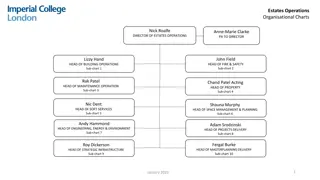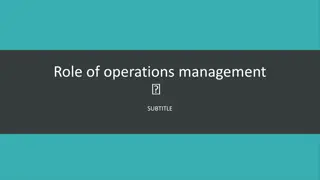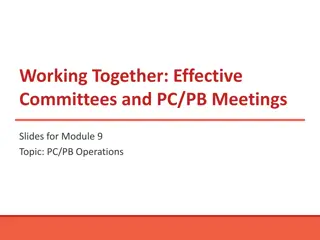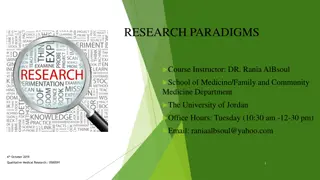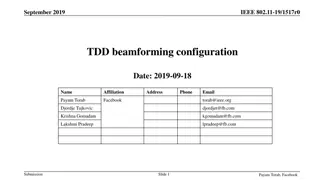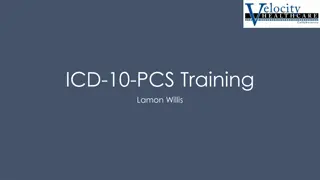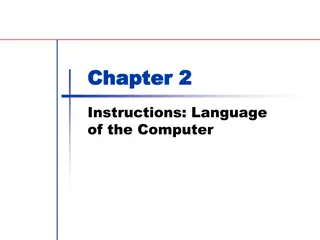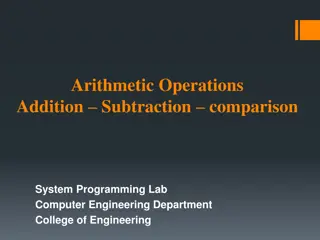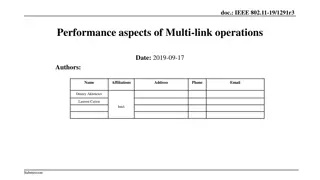
Operations Research: Key Points, Techniques, Applications & Advantages
Delve into the world of Operations Research (OR) with insights on its definition, historical perspective, the OR process, techniques like linear programming and applications in various fields. Discover how OR provides data-driven solutions, optimizes resource allocation, enhances decision-making, and predicts outcomes accurately.
Download Presentation

Please find below an Image/Link to download the presentation.
The content on the website is provided AS IS for your information and personal use only. It may not be sold, licensed, or shared on other websites without obtaining consent from the author. If you encounter any issues during the download, it is possible that the publisher has removed the file from their server.
You are allowed to download the files provided on this website for personal or commercial use, subject to the condition that they are used lawfully. All files are the property of their respective owners.
The content on the website is provided AS IS for your information and personal use only. It may not be sold, licensed, or shared on other websites without obtaining consent from the author.
E N D
Presentation Transcript
INTRODUCTION TO OPERATIONS RESEARCH Dr.M.A.SHAKILA BANU ASSOCIATE PROFESSOR JAMAL INSTITUTE OF MANAGEMENT JAMAL MOHAMED COLLEGE
What is Operations Research? Definition: Operations Research (OR) is a scientific method of providing executive departments with a quantitative basis for decisions regarding the operations under their control. 1 Key Points: Uses mathematical and statistical techniques to solve complex problems. Focuses on optimizing resources and decision-making. Applies to a wide range of fields: business, engineering, healthcare, military, etc.
Historical Perspective World War II: OR emerged during WWII to optimize military operations. Post-War Era: OR expanded into various industries and sectors. Modern Era: OR continues to evolve with advancements in technology and computational power.
The OR Process Problem Definition: Clearly define the problem and its objectives. Model Formulation: Develop a mathematical model to represent the problem. Model Solution: Solve the model using appropriate techniques (e.g., linear programming, simulation, dynamic programming). Model Validation: Validate the model against real-world data. Implementation: Implement the solution in the real world.
OR Techniques Linear Programming: Optimizing linear objective functions subject to linear constraints. Integer Programming: Optimizing problems with integer decision variables. Network Models: Analyzing networks of nodes and arcs (e.g., transportation, scheduling). Queueing Theory: Modeling and analyzing waiting lines and service systems. Simulation: Simulating real-world systems to understand their behavior. Dynamic Programming: Solving sequential decision-making problems.
Applications of OR Business: Production planning Inventory control Supply chain management Financial analysis Engineering: Design optimization Project scheduling Quality control Healthcare: Patient scheduling Resource allocation Emergency room management Military: Logistics Weapon systems analysis War games
Advantages of Operations Research Advantages of Operations Research Provides data-backed solutions. Optimizes resource allocation. Enhances decision-making capabilities. Predicts outcomes with precision.
Challenges in Operations Research Challenges in Operations Research Data availability and accuracy. Computational complexity. Resistance to model implementation. Dynamic and uncertain environments.





